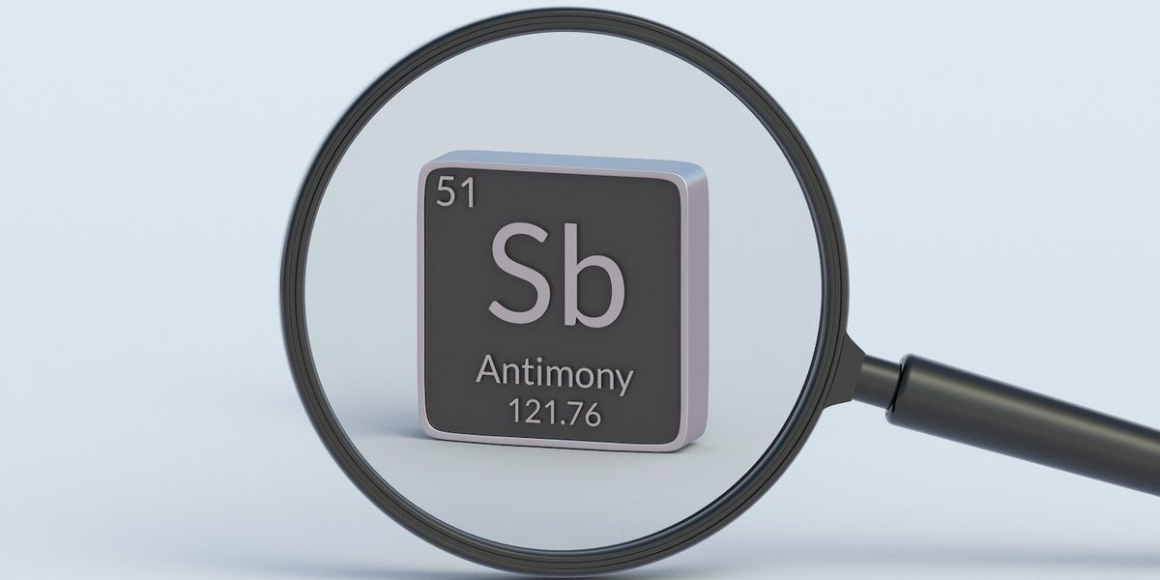While the critical minerals narrative revolves largely around battery and energy commodities like lithium, copper and uranium, antimony, a by-product metal, is on the radar of a growing number of countries.
Antimony is traditionally used as a fire retardant, an application that accounts for 60 percent of annual demand. But it’s also found in munitions, solar panels and wind turbines, as well as lithium-ion and molten salt batteries.
Antimony is typically extracted from the sulfide mineral stibnite, with lower grades concentrated by froth flotation and higher grades smelted. Like rare earths and graphite, most antimony is mined in China, specifically at the Xikuuangshan mine in the Asian nation’s Hunan province. The site is one of the world’s largest antimony deposits.
In 2022 and 2023, China accounted for almost half of global antimony supply, producing, 40,000 metric tons (MT) of the material for both calendar years. However, that’s lower than output of over 60,000 MT in 2020 and 2021.
Tajikistan, Turkey and Russia are also major producers of antimony accounting for a combined 31,300 MT in 2023.
“The world’s leading antimony-producing mine was a gold-antimony mine with 23,000-ton per-year capacity in Russia. The mine had significantly reduced antimony production in 2021 through 2023 because gold production was maximized. The antimony price in 2023 decreased, and the estimated average price was US$5.60 per pound in the first 11 months of 2023 compared with the annual average price of US$6.18 per pound in 2022,” the US Geological Survey report also notes.
Antimony reserves stand at an estimated 2 million MT globally, with China having the largest at 640,000 MT.
Despite its anonymity, antimony’s inclusion on critical minerals lists around the globe underscores its vital importance as a fire retardant, particularly when compounded as antimony trioxide. This compound is extensively utilized in various fire-retardant products, such as bedding, clothing, toys and automotive seat covers.
The brittle silvery metal is also seeing increased demand from other end use segments where it is used in alloy formulations for batteries, bearings and soldering materials. Antimony is also used in the memory cells of phase-change memory (PCM) technology, which is an important element for advanced computing.
Antimony is also utilized in munitions, enhancing lead-based ammunition and explosives by increasing their strength and hardness. This improves accuracy and effectiveness in bullets and shells.
Aside from that, antimony is found in molten salt batteries, which are gaining prominence in the energy storage sector. Molten salt batteries, also called liquid metal batteries, use molten salt as an electrolyte and have liquid metal electrodes. Operating at high temperatures, they offer high energy density and a long cycle life, making them promising for grid-scale energy storage. When used as an alloy material, antimony enhances molten salt batteries by improving their durability, stability and performance.
As mentioned, antimony is a by-product asset mined in conjunction with gold, silver and copper.
Short-term supply of the metal will likely be insulated by current production guidances; however, if the gold price remains at elevated levels, antimony supply could be impacted, the source said.
In North America, US-based Perpetua Resources was awarded additional funding totalling US$34.4 million through a modified Technology Investment Agreement under Title III of the Defense Production Act during Q1 2024.
The financing would have a 15-year repayment window and aligns with the EXIM’s Make More In America initiative.
Without a physical metals market, antimony investors must place their bets on mining equities.
In addition to Siren Gold and Perpetua Resources, investors can also gain exposure to antimony with these mining stocks which cover the full life cycle of antimony production.
This is an updated version of an article first published by the Investing News Network in 2013.
Securities Disclosure: I, Georgia Williams, hold no direct investment interest in any company mentioned in this article.


Leave a Reply